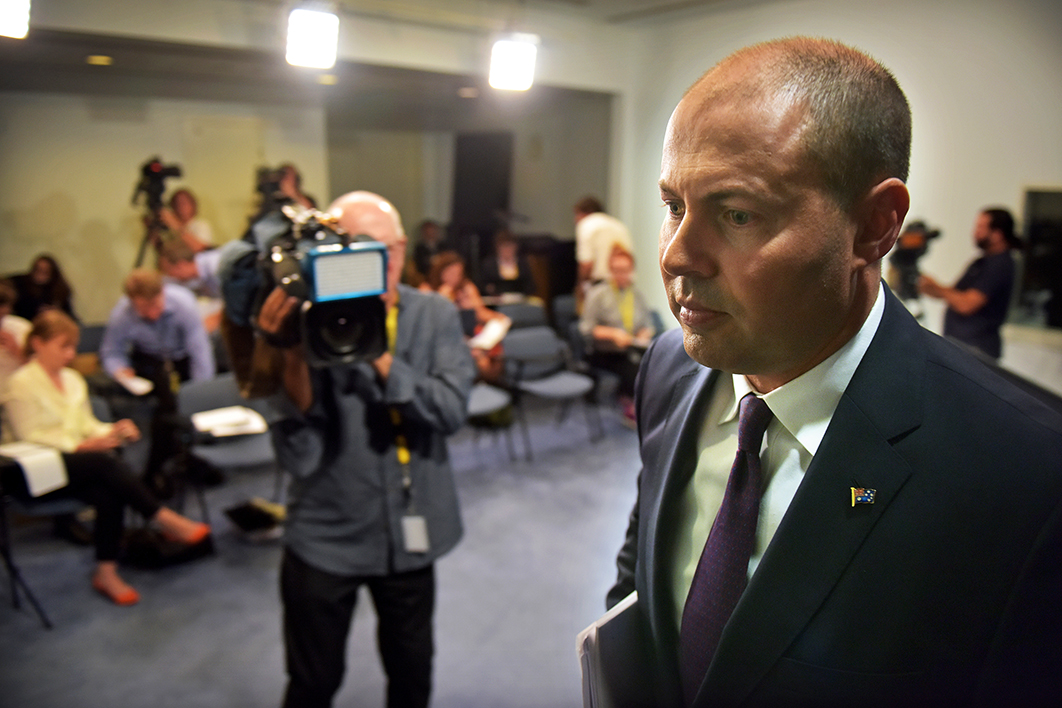“In almost every case, the conduct in issue was driven not only by the relevant entity’s pursuit of profit but also by individuals’ pursuit of gain, whether in the form of remuneration for the individual or profit for the individual’s business. Providing a service to customers was relegated to second place. Sales became all-important. Those who dealt with customers became sellers. And the confusion of roles extended well beyond frontline service staff. Advisers became sellers and sellers became advisers.”
So begin commissioner Kenneth Hayne’s four key observations about financial services in Australia. “Rewarding misconduct is wrong,” he notes, yet employees have been rewarded “regardless of whether the person rewarded should have done what they did.”
It was therefore logical that the incentives and commissions paid by banks to mortgage brokers should be one of Hayne’s key targets. Brokers should be paid only by the borrower, says the commissioner. Yet when the federal treasurer, Josh Frydenberg, released the government’s response to the report, he neatly excised that specific. The government would “take action” on all seventy-six recommendations, he said, but defer for three years a “review” of the borrower-pays recommendation:
The government recognises the importance of competition in the home lending sector, and will proceed carefully and in stages, consistent with the recommendation, with reforms to ensure that the changes do not adversely impact consumers’ access to lenders and competition in the home lending market.
Hayne gives only two of his recommendations more prominence than the proposed ban on broker commissions paid by banks. The first aims to stiffen national consumer credit law to put greater onus on lenders to ensure that a borrower is suited to a loan. The second would impose tougher civil penalties for banks that failed to act in the best interests of a potential borrower. Together, these recommendations respond to Hayne’s next observation:
Entities and individuals acted in the ways they did because they could. Entities set the terms on which they would deal, consumers often had little detailed knowledge or understanding of the transaction and consumers had next to no power to negotiate the terms. At most, a consumer could choose from an array of products offered by an entity, or by that entity and others, and the consumer was often not able to make a well-informed choice between them. There was a marked imbalance of power and knowledge between those providing the product or service and those acquiring it.
Hayne could not be more plain in describing and highlighting a system in which the weight of a few very large institutions has been channelled into a brutally self-interested commercial environment in which borrowers were sitting ducks.
So what?
Answering that question means going back to the emergence of popular mortgage broking in Australia in the early 1990s, which is usually dated from the 1992 launch of Aussie Home Loans. That was also the year in which Westpac almost went broke. Looking back, domestic banks had been drawn into dramatic corporate debt adventures in the 1980s, culminating in the crash of 1987, only to roll into a bout of property lending that compounded their problems.
Aussie’s John Symonds and his imitators took advantage of the weakness in Australian traditional banks and the emergence of “securitisation” via financiers like Macquarie Bank. Essentially, mortgage “originators” like Aussie pitched loans to people and then bundled them up for a financier, who then sold the package to investors.
Between 1992 and 2007, this was a growth business for everyone involved — but notably for the consumer. In fact, Australia’s experience was almost identical to the experience of the United States during that period, with household debt up from about 12 per cent of net worth to more than 25 per cent. But when the global financial crisis — a direct consequence of mortgage-finance profligacy — hit the United States, the debt burden fell, and it’s now back to 1992 levels. Not so in Australia: our household debt-to-net-worth ratio has remained stuck above 25 per cent, and there are ample signs of strain.
What happened in Australia in 2007–08 was that the financiers folded their tents but the big banks joined the game. They took over the securitisation market, funding increasingly high numbers of mortgages with bundles of cash sourced largely from overseas. With low interest rates and strongly escalating house prices, they were on a roll, at least until the politics of housing costs and a sense of risk among regulators caused a change.
The bank regulator put a lid on the share of loans that were interest-only, and made other, less direct efforts to ensure banks lifted the credit-worthiness of lenders. Combined, these interventions — together with the pressures implied by rising overseas interest rates — tightened the supply of debt. But it’s now clear that the tightening was temporary.
Independent brokers have re-emerged with the backing of securitisation financiers. And judging from commentary by the Reserve Bank, they may have undone the disciplines that had only recently been imposed. The trend is being monitored, the RBA said, for “financial stability risk.”
Kenneth Hayne describes an environment in which banks have overwhelming influence and use it with no regard for the consumer. He treats the idea of broker objectivity as being like a person trying to have a foot in two canoes; a nice trick, but not the nub of the game. Consumers had choice but no power; brokers and bank staff had unqualified incentives and were paid commissions driven wholly by sales. These are the factors at the heart of the Hayne view.
The government says it will allow the commissions and incentives to remain because Hayne’s proposed change might affect competition. Hayne says that the commissions paid by banks to brokers distort banks’ judgements and promote irresponsible lending. On that basis, the only competition the government seems concerned about is brokers’ competition for commissions.
The “so what?” in this picture is in the growth and size of household debt in Australia since the early 1990s. While there are plenty of logical reasons for this to have happened, Hayne’s serious worry is about discipline and quality.
Simplified, it seems that consumers found themselves with the unusual experience of having people literally knocking on their doors to offer debt; lenders had new sources of funds that have proved to be virtually unlimited; and interest rates have been low. What could possibly go wrong? •




